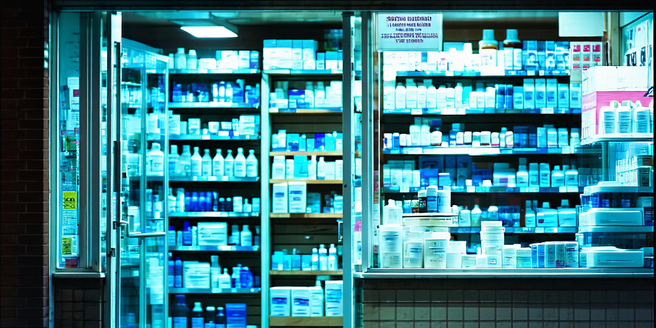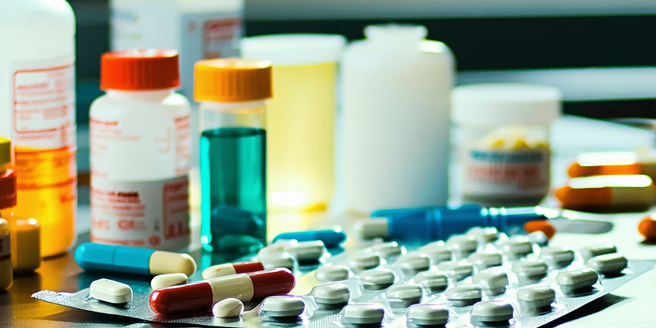
Introduction to Medication Accessibility Issues
| Issue | Description | Impact |
| Cost | High prices make medications unaffordable for many people. | Reduces access, increasing health disparities. |
| Availability | Certain medicines are not available in all locations. | Affects timely treatment and outcomes. |
| Insurance | Lack of coverage limits medicine accessibility. | Prevents patients from getting necessary medications. |
| Infrastructure | Inefficient supply chains hinder delivery. | Leads to drug shortages and expired meds. |
| Education | Lack of awareness about medication options. | Patients may not know affordable alternatives. |
| Legislation | Policies may not fully support access. | Inconsistent access standards and practices. |
Historical Background on Drug Access
The history of drug access reveals significant evolution over time, from the era of traditional medicine to the development of modern pharmaceuticals. Initially, communities relied on natural resources, such as herbs and plants, which were abundant but not standardized. As science progressed in the 19th and 20th centuries, synthetic drugs emerged, transforming treatment possibilities but also introducing challenges like patent-related monopolies. These patents, while driving innovation, restricted generic competition, keeping drug prices high. Mid-20th-century breakthroughs, like antibiotics, exemplified the life-saving potential of accessible medications, yet inequalities persisted globally, especially in developing regions. The ongoing pursuit for more equitable healthcare systems requires revisiting these historical contexts to address core access issues today, aiming for a balance between innovation and widespread availability.
Current Barriers to Medicines Access
Contemporary barriers to medication access are multifaceted, encompassing economic, infrastructural, and regulatory challenges. High drug prices, driven by research and development costs, intellectual property rights, and market exclusivity, remain a predominant obstacle. Additionally, healthcare infrastructure limitations, particularly in rural and underserved areas, obstruct consistent medication delivery. Regulatory hurdles, including lengthy approval processes and disparate international standards, further complexity access, particularly in lower-income countries. The lack of awareness and education about available medicines and their proper use can also hinder access, as it contributes to disparities in health literacy. Consequently, addressing these barriers necessitates collaborative efforts, involving stakeholders at various levels, to develop holistic solutions focused on affordability, decentralized infrastructure, and streamlined regulatory frameworks.
Impact of Socioeconomic Factors
Socioeconomic factors profoundly influence medication accessibility, with low-income individuals and communities often facing the most significant obstacles. Financial constraints limit the ability to afford expensive medications, even with health insurance. Employment status and income variability also impact access, as uninsured or underinsured individuals may struggle with out-of-pocket costs. Education levels play a critical role in health literacy, affecting one’s ability to understand medical instructions and navigate healthcare systems. Furthermore, geographic disparities, with urban areas generally having better healthcare facilities than rural ones, exacerbate inequalities. Addressing these disparities requires policies that consider social determinants of health, focusing on increasing affordability, improving education, and enhancing infrastructure accessibility, ensuring that all people, regardless of their socioeconomic status, can access necessary medications.
Pharmaceutical Pricing and Costs
The skyrocketing pricing of pharmaceuticals presents a formidable barrier to medication access. The high costs are attributed to several factors, including the extensive research and development required for drug innovation, patent protections providing temporary market exclusivity, and the intricate supply chains involved in distribution. These expenses are often passed down to consumers, making medications unaffordable for many. Policies surrounding costing, such as government-enforced price controls and generic promotion, aim to curtail these rising costs but face resistance from powerful pharmaceutical lobbies. Additionally, global disparities in pricing, wherein the same drug may cost significantly less in one country than another, underscore the need for transparent and equitable pricing strategies. Reconciling the necessity of incentivizing innovation with ensuring affordability remains a key challenge.
Role of Health Insurance in Access
Health insurance plays a vital role in granting access to medications, yet its reach and effectiveness can vary significantly. Comprehensive insurance coverage can mitigate the financial burden of high drug costs, allowing individuals to afford necessary treatments without detrimental economic consequences. However, insurance coverage is not universal, and many plans include limitations, such as high deductibles or restricted formularies, which can still leave patients with significant out-of-pocket expenses. Disparities in insurance access, often linked to socioeconomic status or employment type, result in uneven medication availability across populations. Consequently, reforms aimed at expanding insurance coverage and improving the extent of drug benefits are critical for enhancing medication accessibility. Such reforms must balance the need for broad coverage with sustainable economic models for insurers and healthcare providers.
Rural vs. Urban Medication Availability
The discrepancy between rural and urban medication availability is a persistent challenge, contributing to health disparities. Urban centers often boast more extensive healthcare infrastructure, providing easier access to pharmacies, hospitals, and specialized medical services. Conversely, rural areas may experience a scarcity of healthcare facilities and professionals, hindering timely access to medications. Transportation barriers further exacerbate the issue, with longer distances to travel for medical care and prescriptions. Innovative solutions, such as telemedicine and mobile health clinics, offer potential to bridge this gap by bringing healthcare services to remote areas. Improving supply chain logistics to ensure consistent delivery of essential medications to rural pharmacies is also crucial. Addressing these issues requires targeted policies that focus on enhancing rural healthcare infrastructure and leveraging technology to improve access.
Government Policies and Interventions
Government policies and interventions play a critical role in shaping the landscape of medication access. Regulatory frameworks determine the approval and availability of drugs, influencing how quickly and efficiently new medications reach the market. Subsidies and support for generic drugs can enhance affordability, reducing the financial burden on consumers and improving access. Additionally, international cooperation on pharmaceutical trade policies can ensure more equitable access to essential medications across borders. Public health initiatives also contribute by increasing awareness and education about medications, facilitating informed choices. Despite these efforts, challenges persist, driven by competing interests between ensuring public health and supporting pharmaceutical innovation. Continued advocacy and policy refinement are necessary to align economic and health objectives, striving for greater accessibility while fostering medical advancements.
Innovative Solutions to Improve Access
Innovative solutions are essential in addressing the multifaceted challenges of medication accessibility. One approach is the adoption of technology-enabled solutions, such as telemedicine platforms and online pharmacies, which enhance access, especially in remote areas. Additionally, leveraging big data and artificial intelligence can optimize supply chains, ensuring timely and effective distribution of medications. Collaborative efforts between governments, NGOs, and pharmaceutical companies are also proving beneficial, as seen in initiatives that promote affordable generic drugs and international donation programs. Empowering local communities through education and localized health initiatives enhances awareness and self-management of health conditions. Furthermore, exploring alternative models like subscription-based or value-based pricing for medications could transform affordability dynamics. These solutions, grounded in innovation and collaboration, hold promise for improving medication access on a global scale.
Future Directions for Improved Access
Envisioning future directions for improved medication access involves a multifaceted approach, focusing on innovation, collaboration, and policy refinement. Continued advancements in pharmaceutical technology and biotechnology hold potential for more effective and affordable medications. Strengthening global cooperation among governments, healthcare providers, and pharmaceutical companies will be pivotal in ensuring fair distribution across regions. Policy reforms should prioritize transparency in drug pricing, expanding insurance coverage, and incentivizing generic drug production to enhance affordability. Additionally, investments in healthcare infrastructure, particularly in underserved areas, will be crucial in bridging access gaps. Embracing digital health solutions, such as telemedicine and e-pharmacies, can further democratize healthcare access. Ultimately, a commitment to equity and sustainability will guide efforts to ensure every individual, regardless of location or socioeconomic status, has access to essential medications.

